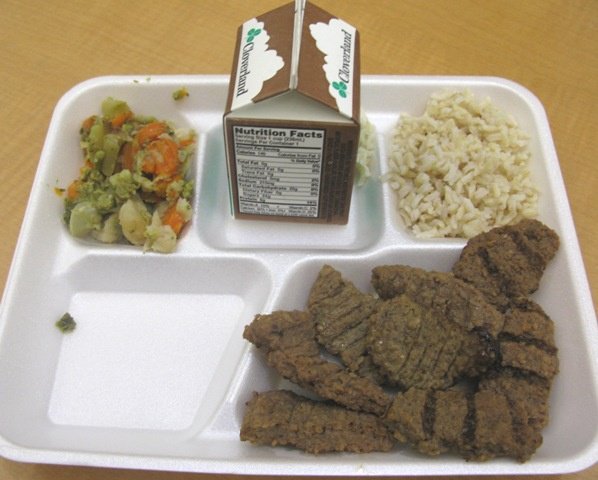Introduction
The school lunch is an essential component of a student’s life, providing the necessary nutrition and energy for them to learn and grow during their formative years. However, in recent times, school lunch problems have become a growing concern. Can things return to normal amid increasing challenges?
Causes of School Lunch Problems
1. Budget constraints: With limited funds allocated for school lunches, schools struggle to provide nutritious meals while balancing costs. As a result, cheaper and less healthy options are often used, which compromises the well-being of students.
2. COVID-19 pandemic: The pandemic forced schools to adjust in various ways, including meal distribution. Schools had to adopt new methods like remote learning and drive-through meal pickup, which resulted in logistical challenges and additional strain on resources.
3. Supply chain disruptions: Fluctuating food prices and supply chain interruptions have made it challenging for schools to maintain consistent menus. These disruptions can lead to unwanted substitutions or even skipped meals.
4. Nutritional concerns: Due to the increased prevalence of childhood obesity and diabetes, there is increased pressure on schools to serve nutritious meals that cater to individual dietary needs. This requires additional planning and resources that some schools may not have.
Working Towards Solutions
1. Increased funding: Providing adequate funds for school lunches would be the most effective solution for quality improvements. Ensuring that all students have access to fresh and nutritious meals should be a priority for educational budgets.
2. Community partnerships: Working with local farmers and community-based organizations can help schools secure fresher ingredients at lower costs, thereby supporting local economies while improving the quality of school meals.
3. Better menu planning: Investing in better menu planning tools and resources like nutritionists can help schools create more varied, tasty, and nutritionally balanced meals, catering to different dietary needs.
4. Advocacy and awareness: Educating students and parents about the importance of nutritious meals can encourage healthier choices and foster increased demand for better food in schools. This can put pressure on school administrations to prioritize and improve their lunch programs.
Conclusion
Although there have been significant challenges surrounding school lunches, many solutions exist to bring things back to normal. By addressing funding gaps, collaborating with communities, improving menu planning, and advocating for better nutrition, we can ensure students have access to high-quality meals that improve both their physical and mental well-being during their school years.





